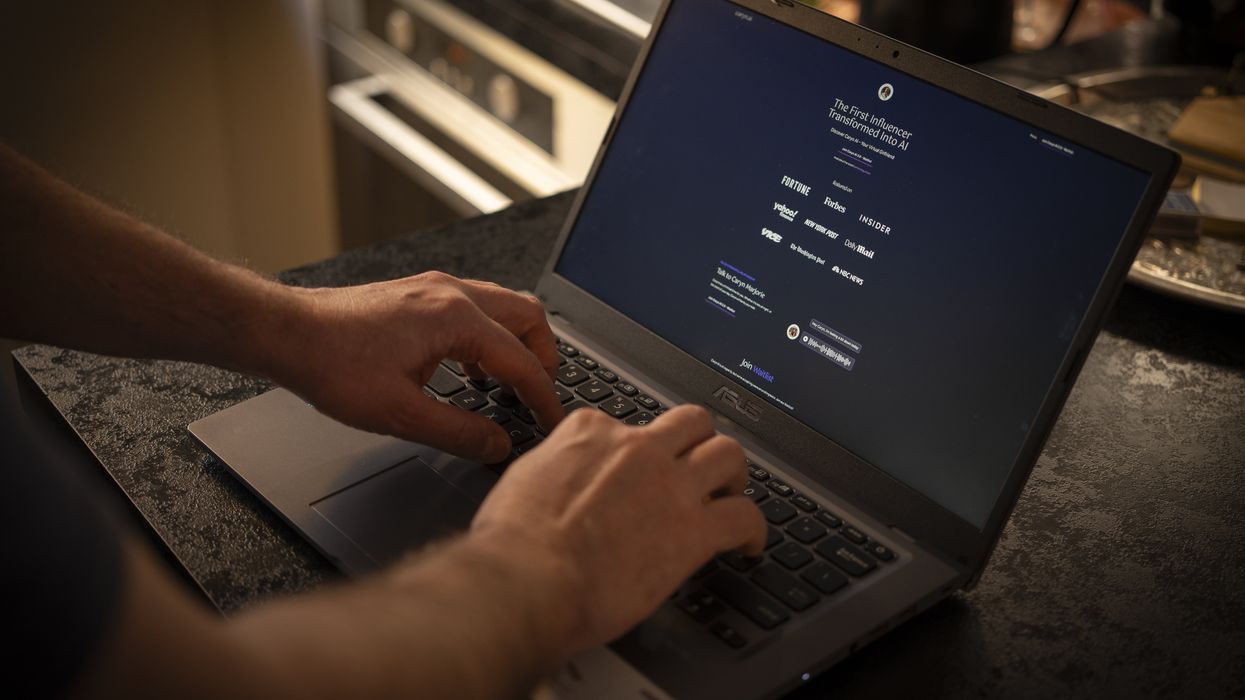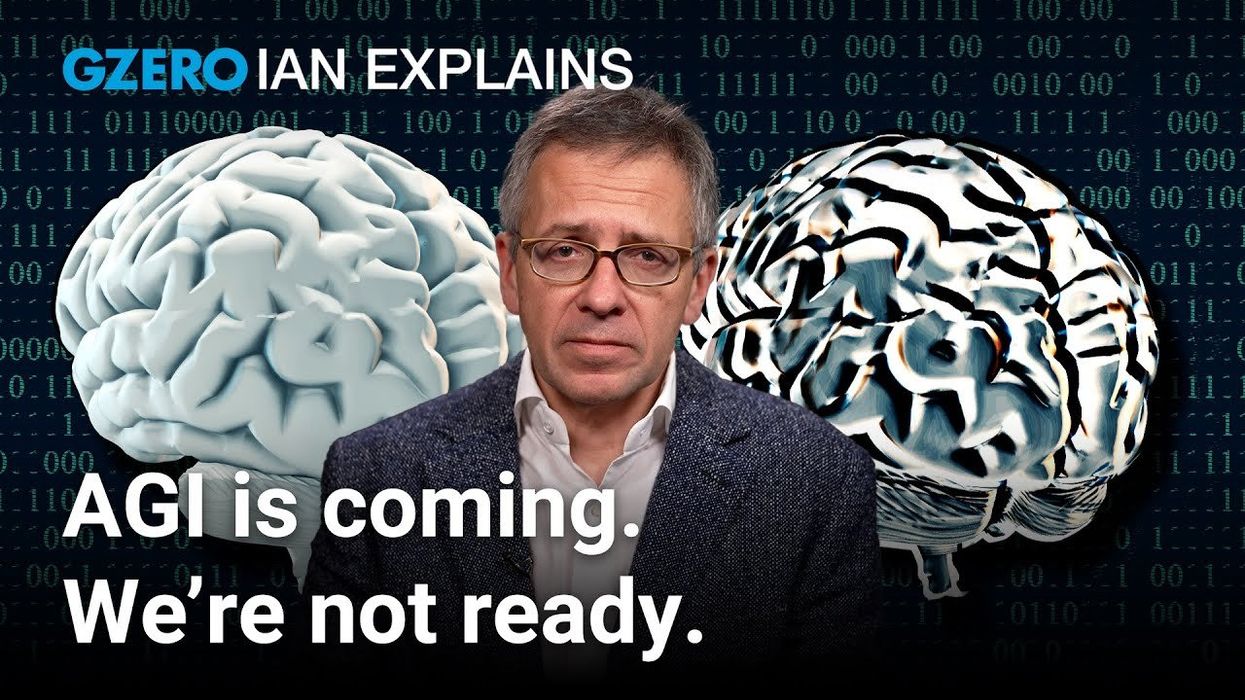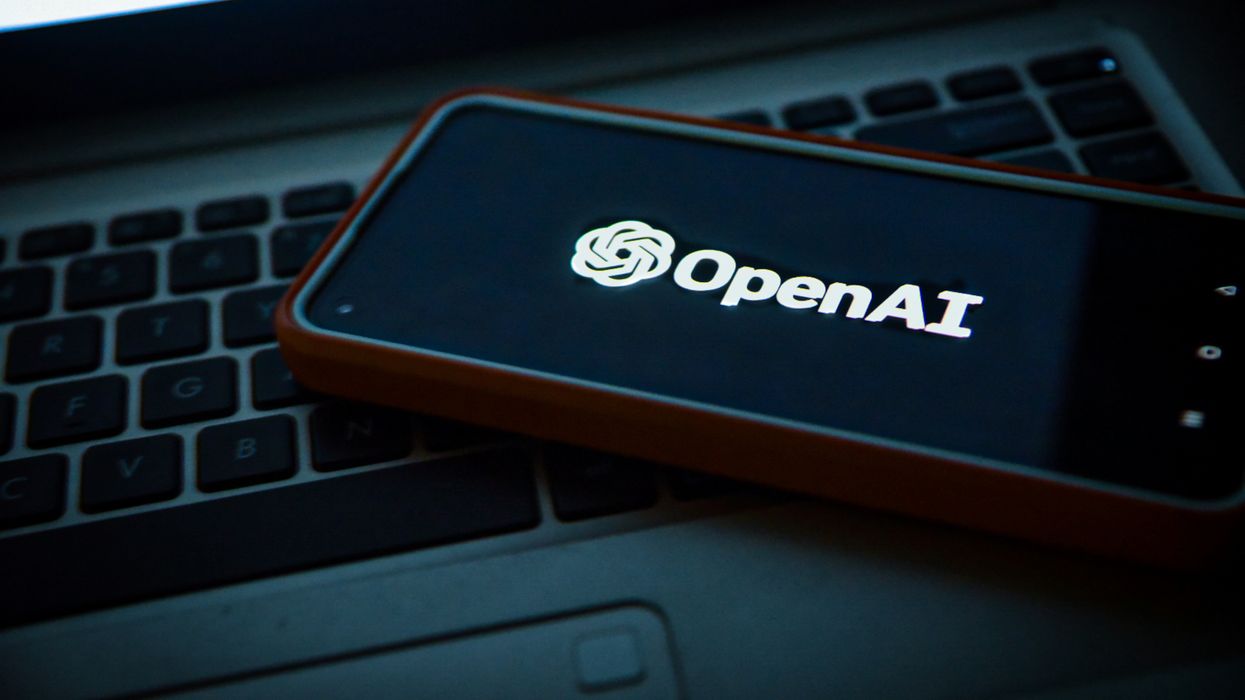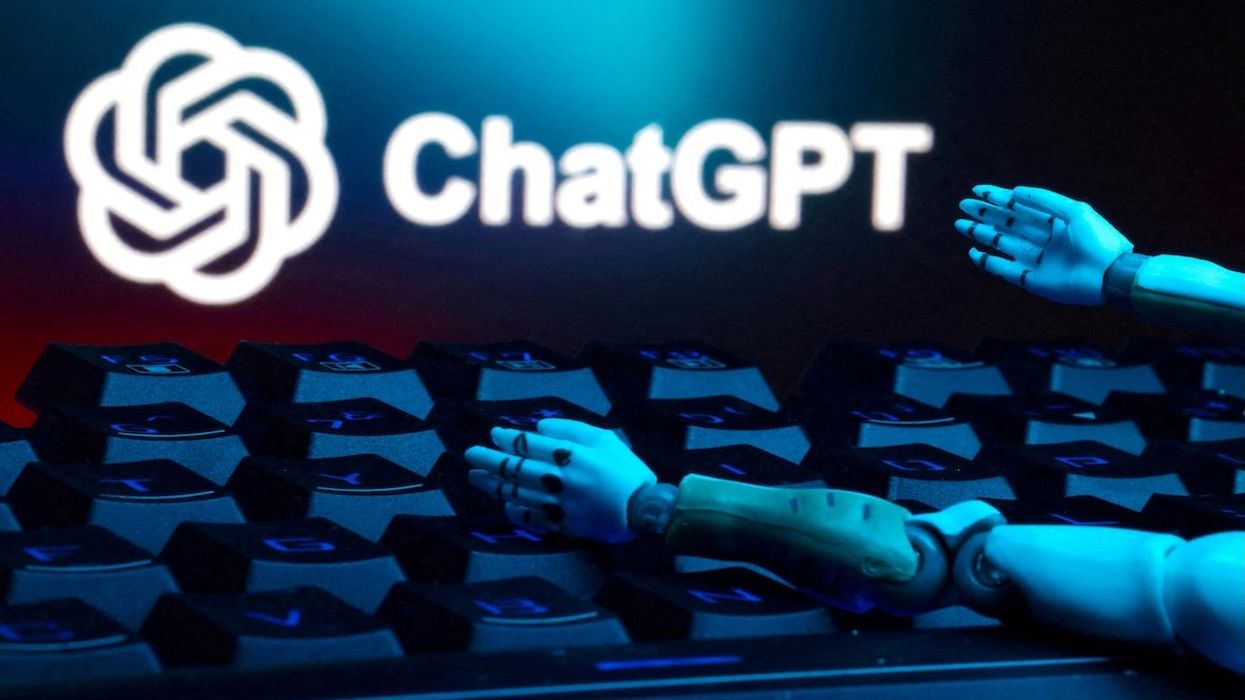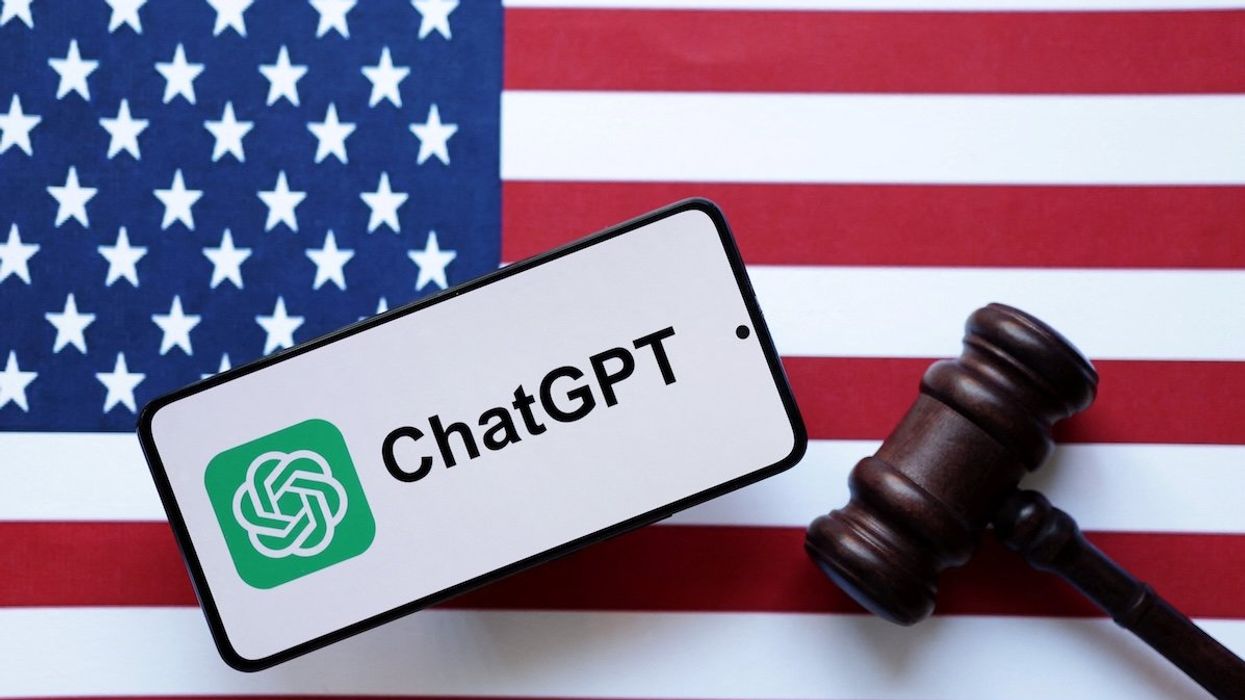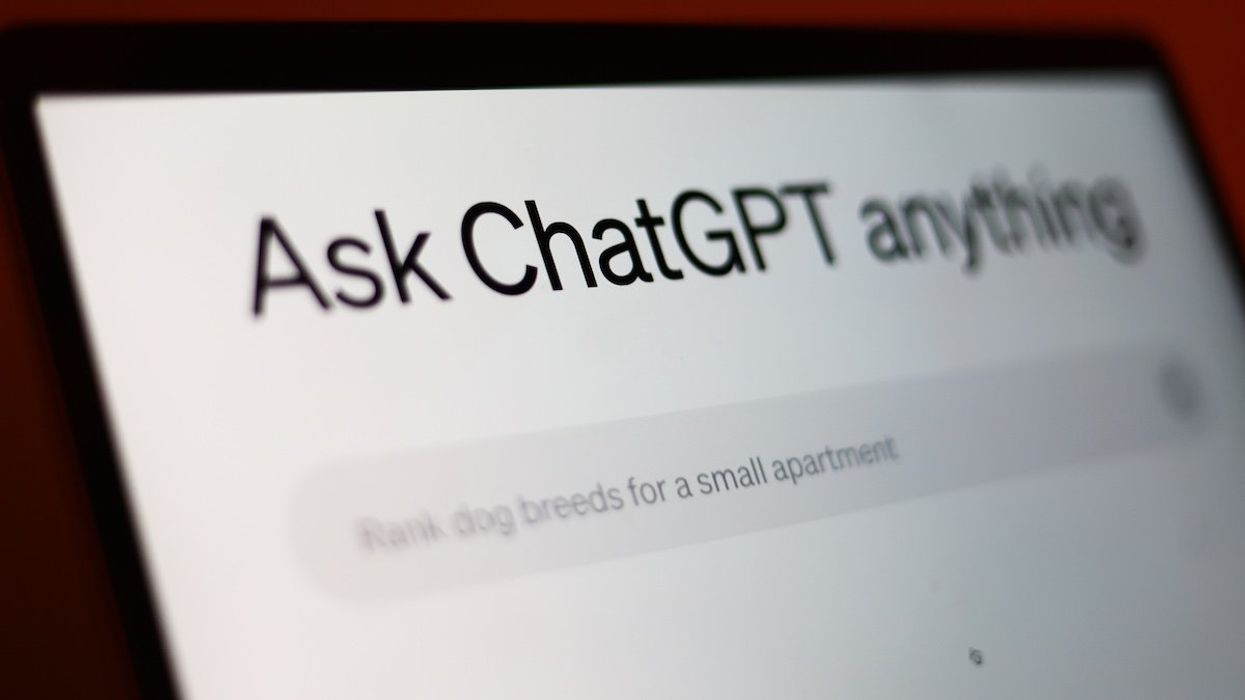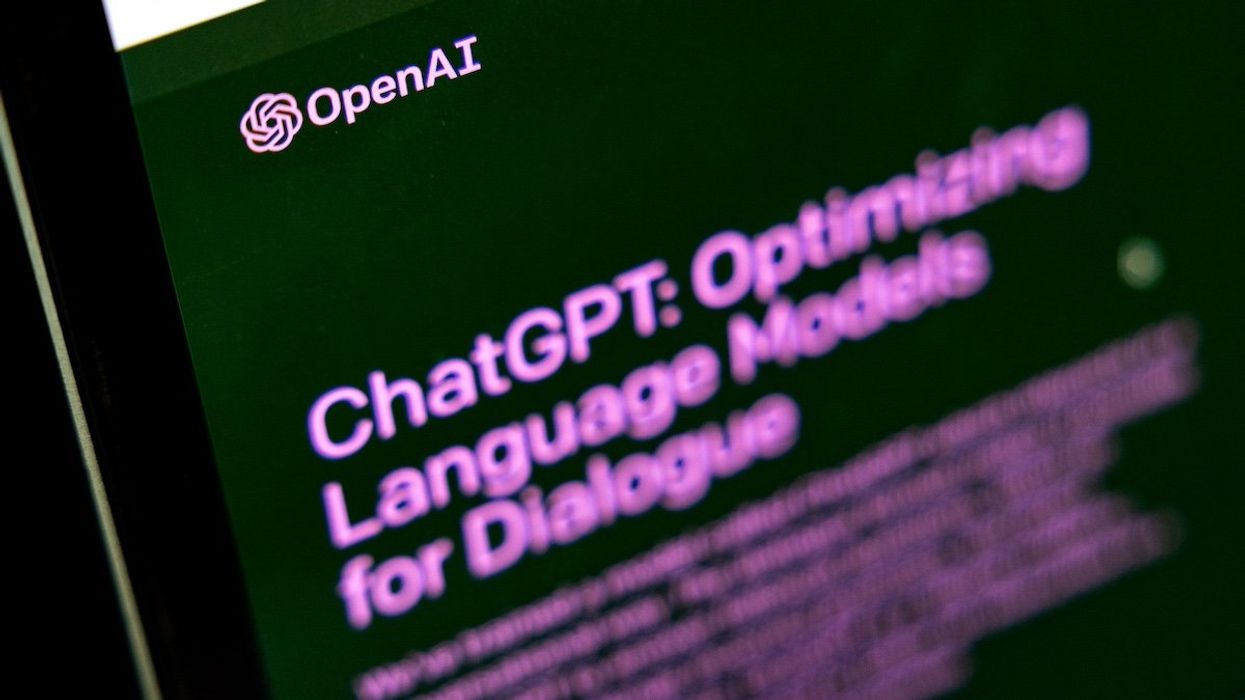Analysis
The geopolitics of on-device AI
Since its inception, generative AI such as ChatGPT has run primarily in the cloud: large data centers run by large companies. In that home, AI is reliant on electricity-hungry computers, robust internet connections, and centralized data.
Aug 14, 2025
